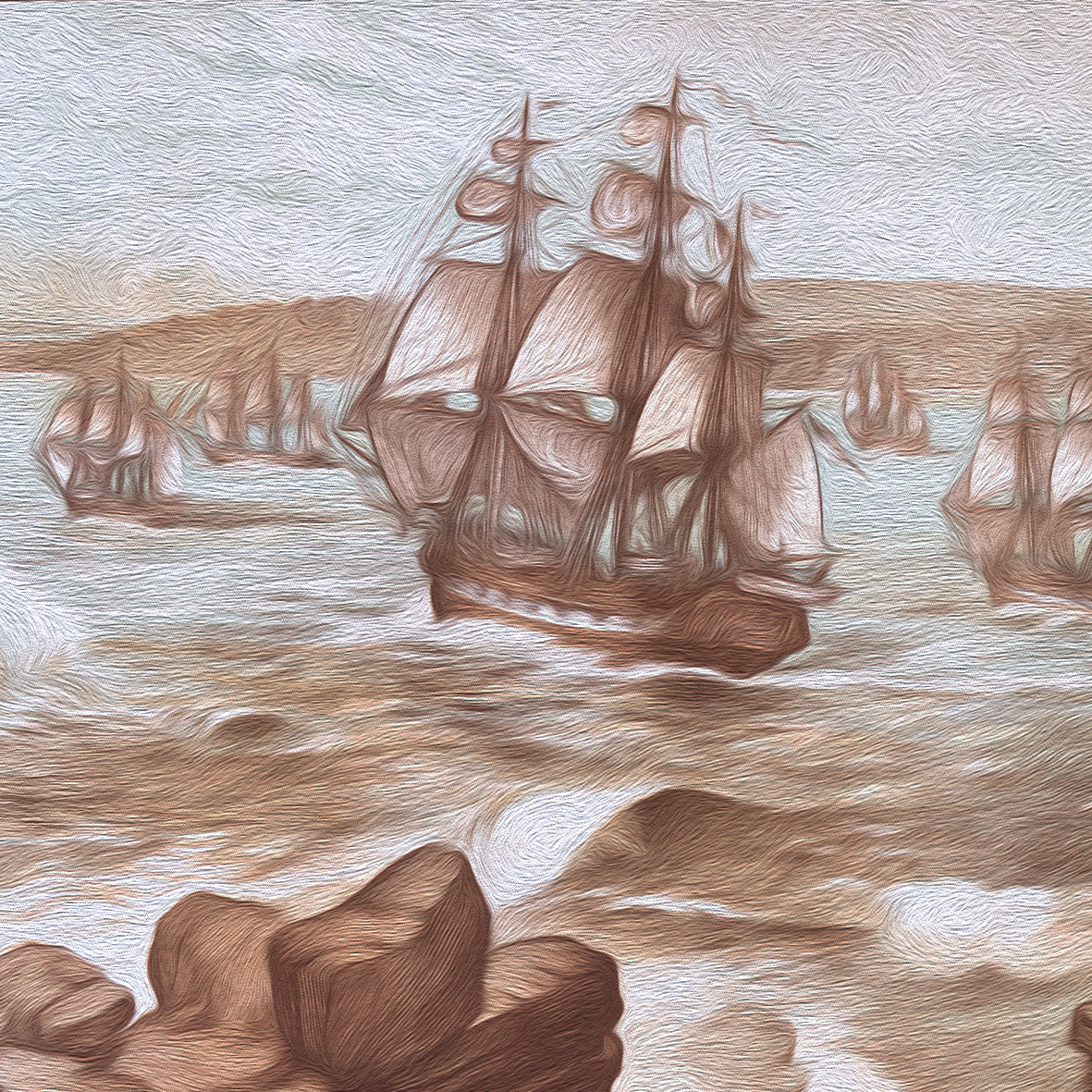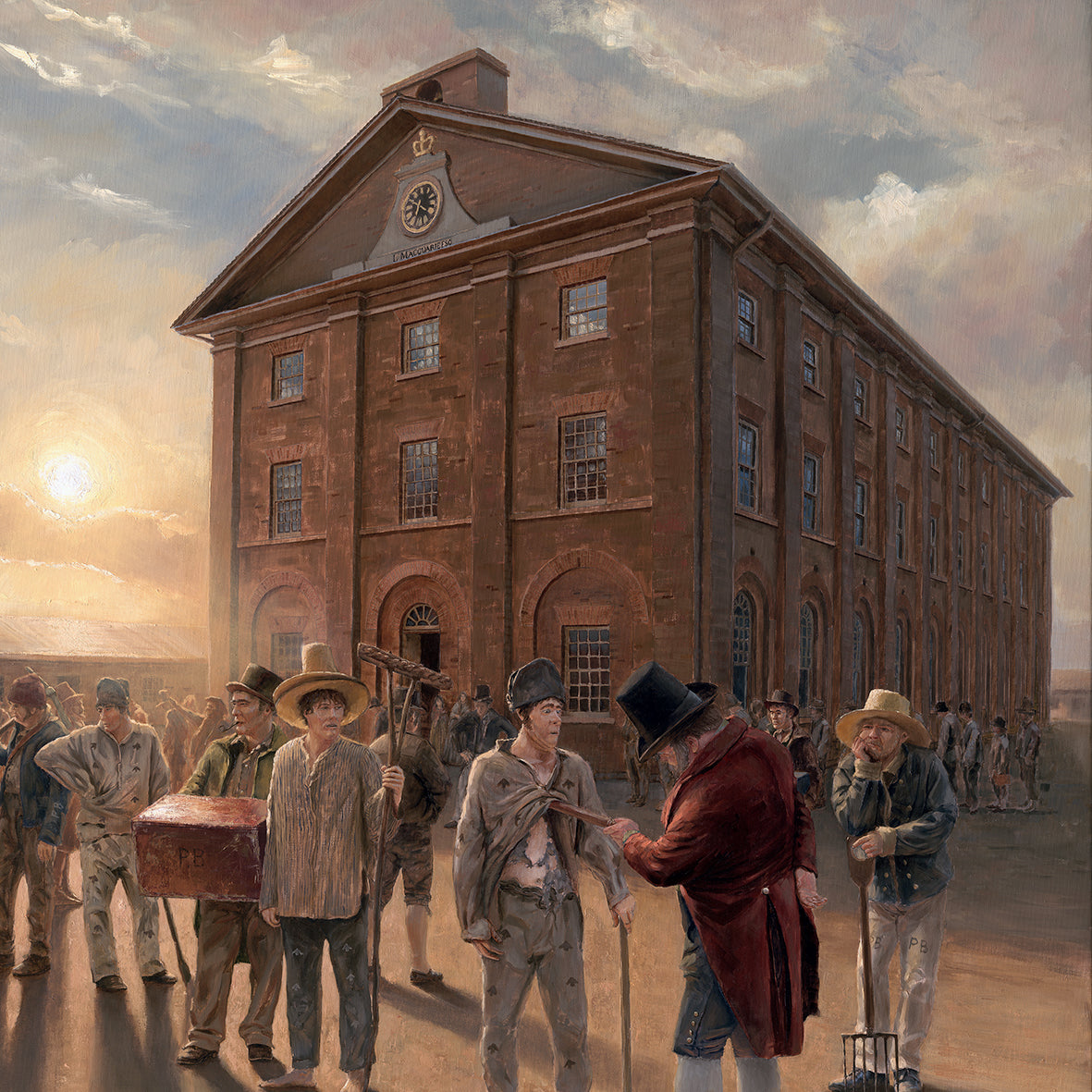The Founders

Captain Arthur Phillip – First Governor
Captain Arthur Phillip played a pivotal role as the first governor of NSW (1788-1792). He lead the 1st Fleet to Sydney Cove in 1788, and received the 2nd Fleet (1790) and 3rdFleet (1791) carrying a total of 3,776 convicts. Over 400 convicts died en route or shortly after arriving due to poor health. Phillip strived to avoid conflict with the indigenous peoples, believing they enjoyed the rights of British citizenship, however conflicts and death did occur. By the time Phillip sailed home in December 1792, the colony was on a stable footing with an emerging economy, official land grants, systematic farming, and a water supply in place.

Lachlan Macquarie – Father of Australia
Major General Lachlan Macquarie, the fifth Governor of NSW (1810-1821), led the transformation from a penal settlement to a free society. His nation-building contributions included urban planning in Sydney, establishing Hyde Park, construction of numerous roads, bridges, and public buildings; and laying out numerous towns including Liverpool, Windsor, Richmond, and Hobart. The hospital he built with rum taxes is now part of the NSW Parliament building. Advocating liberal treatment of ex-convicts, he appointed them to key government positions and granted generous land grants. Despite some setbacks, such as the tragic 1816 Appin Massacre,Macquarie's legacy marked a crucial phase in Australia's development.

Mathew Flinders – Coastal Navigator
Captain Matthew Flinders voyages significantly shaped Australia's early exploration. His first major expedition (1791-1793) with George Bass confirmed Tasmania was separated from the mainland. In 1795-1796, Flinders circumnavigated Tasmania, proving it was an island. His most celebrated journey (1801-1803) involved the first inshore circumnavigation of mainland Australia, where he coined the name "Australia" – a change from “New Holland”. During this expedition, he took Bungaree, an indigenous man, as a translator and intermediary, fostering cross-cultural understanding where possible. Flinders meticulously mapped most of the southern and eastern Australian coastline, contributing to the establishment of numerous coastal towns in the years to follow including Melbourne and Adelaide.

Francis Greenway – Convict turned Architect
Francis Greenway was sentenced to transportation in 1814 for the crime of forgery. He was emancipated by Governor Macquarie and appointed Civil Architect. Greenway blended Georgian and Palladian style in major buildings including the Hyde Park Barracks (our logo), St. James' Church, St. Luke's Church, the Windsor Courthouse, Old Government House, stables for the new Government House and now Sydney Conservatorium of Music, and the Female Orphan School. Despite this initial success he fell out of favour with Macquarie and was dismissed from his position and died destitute in 1837 aged 59. Many of his works are heritage listed and well worth the visit.
